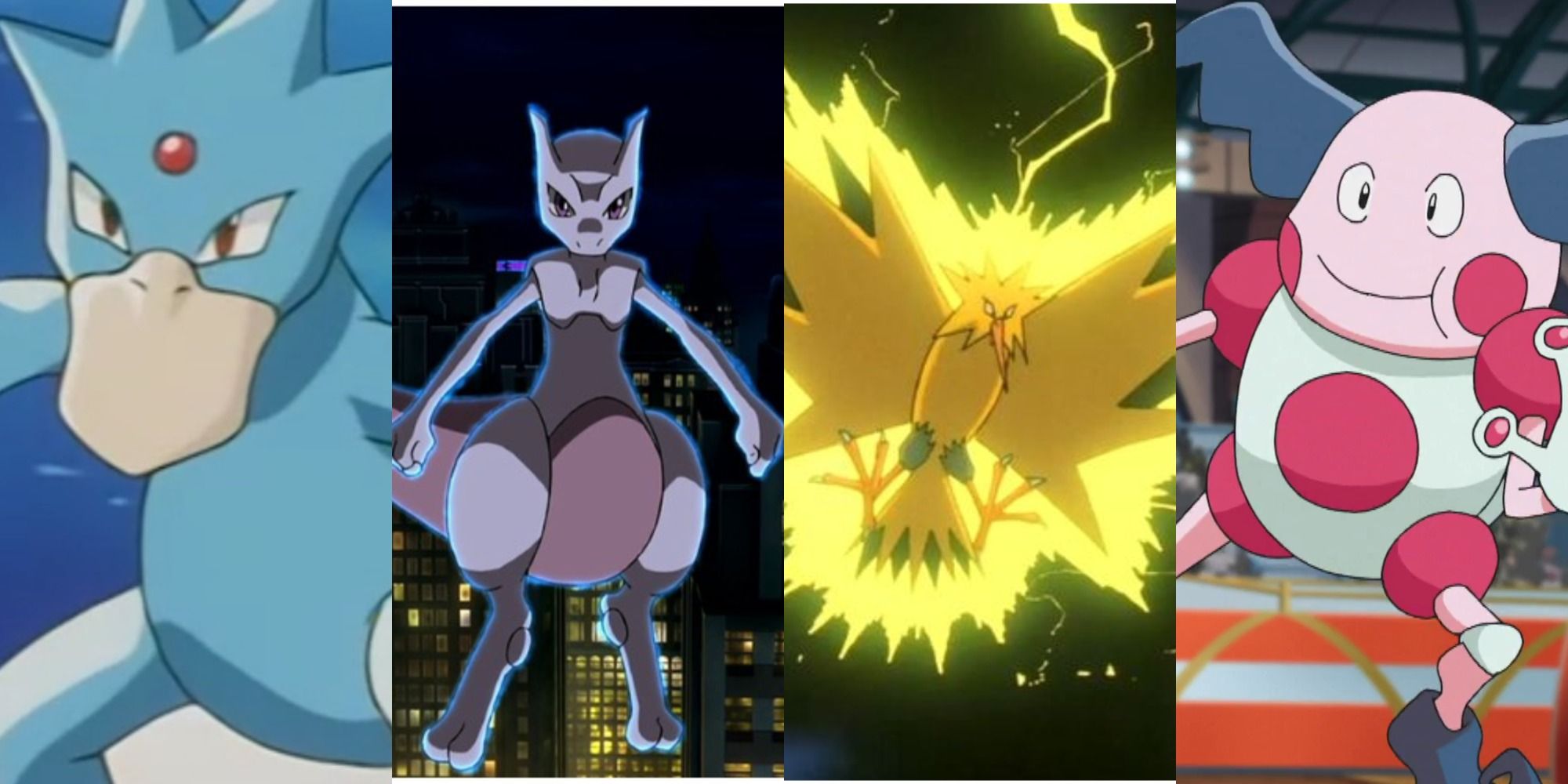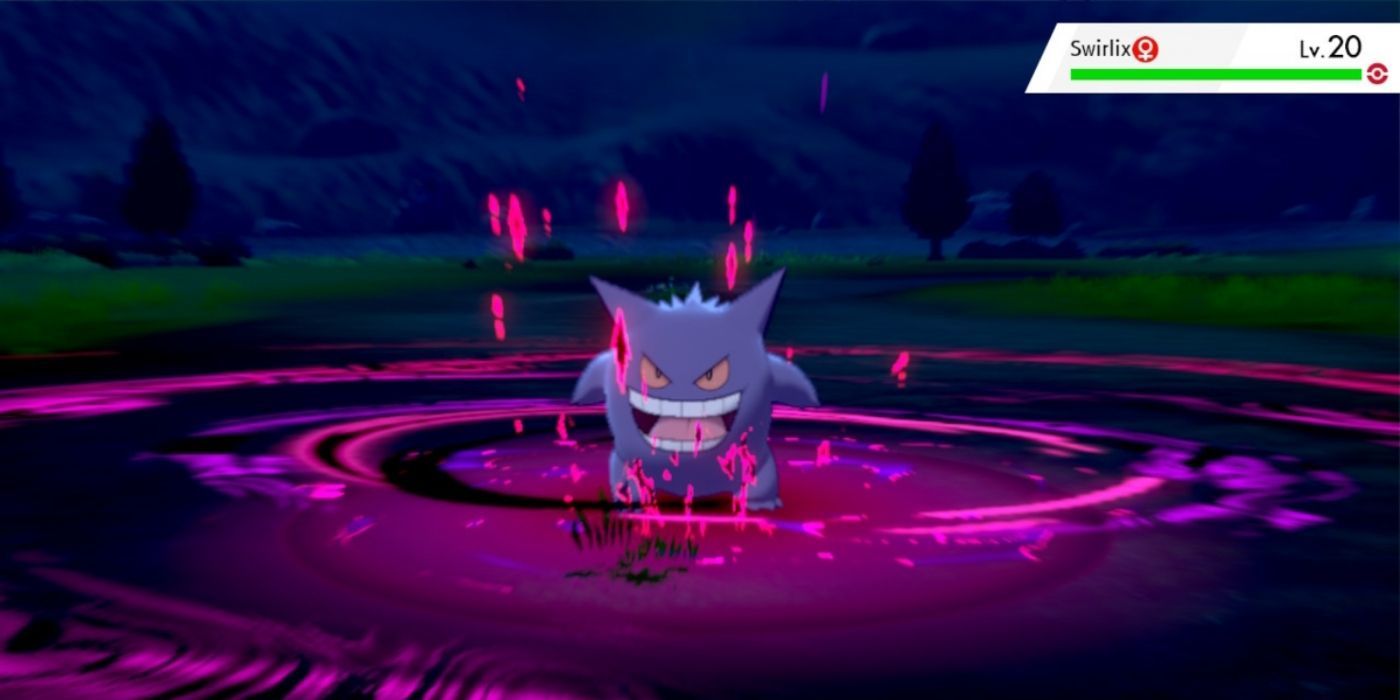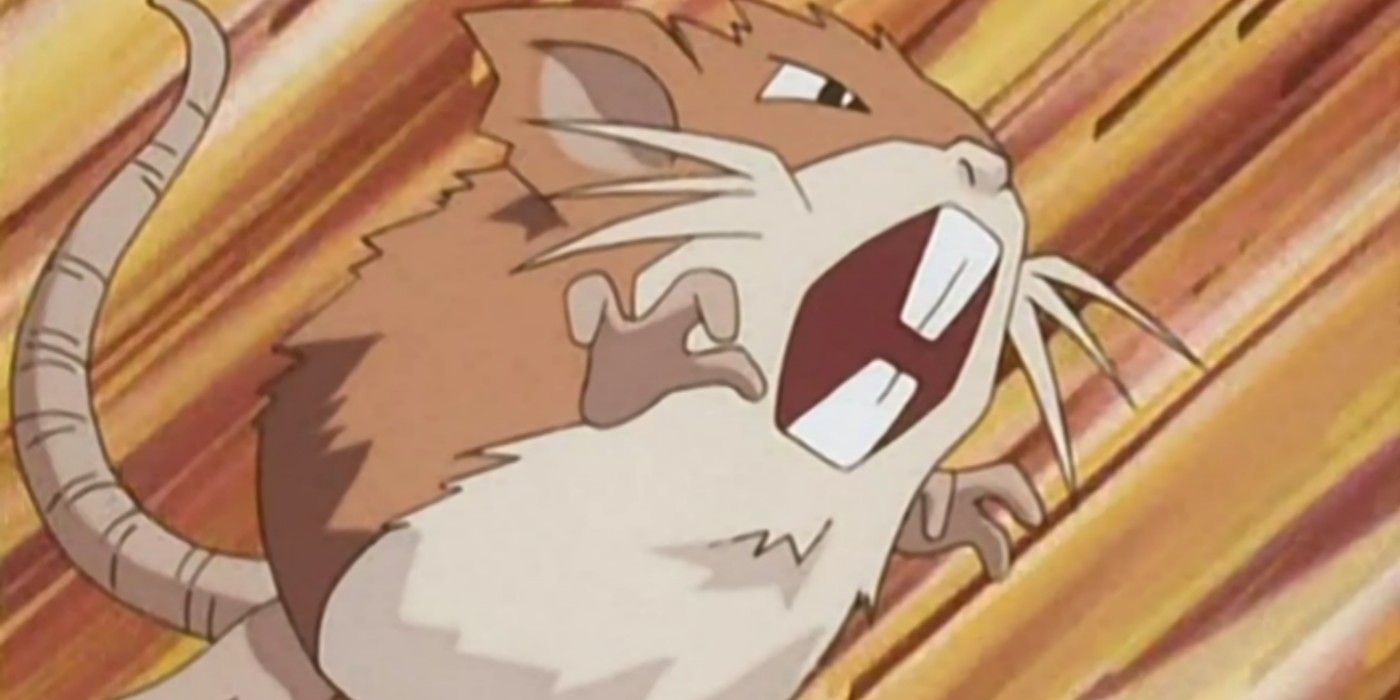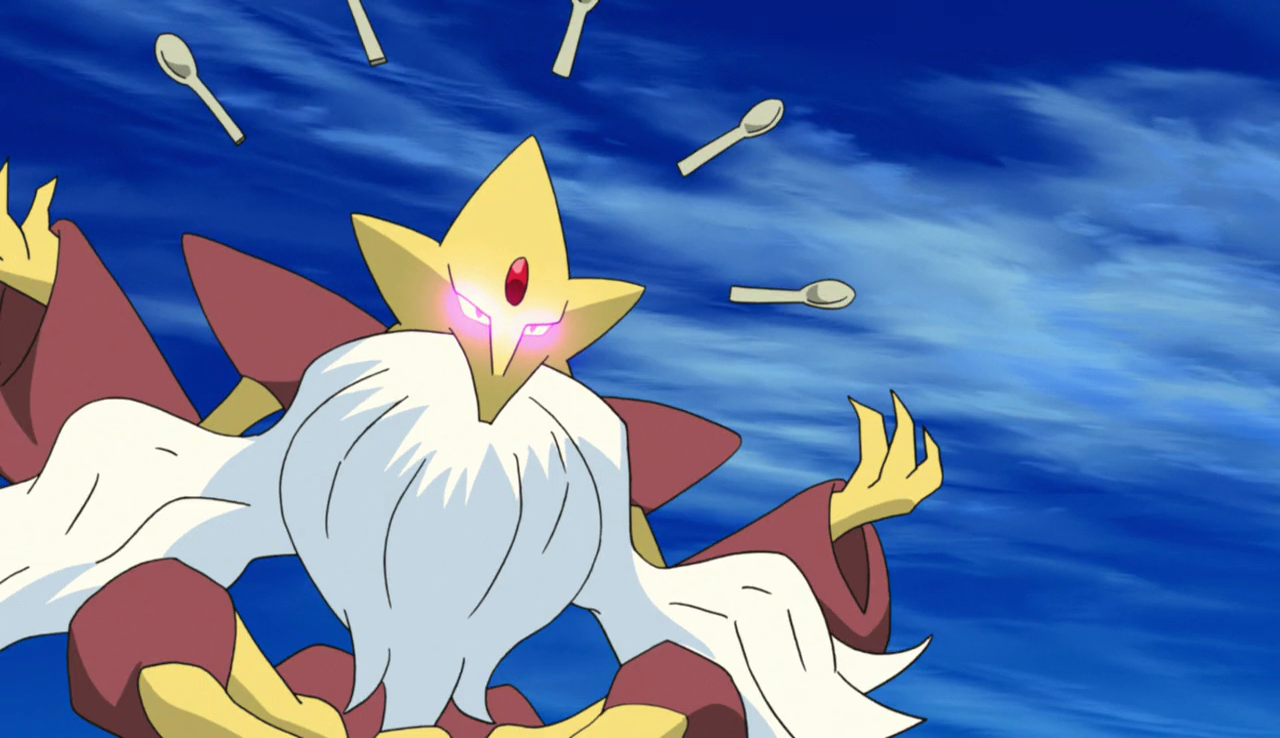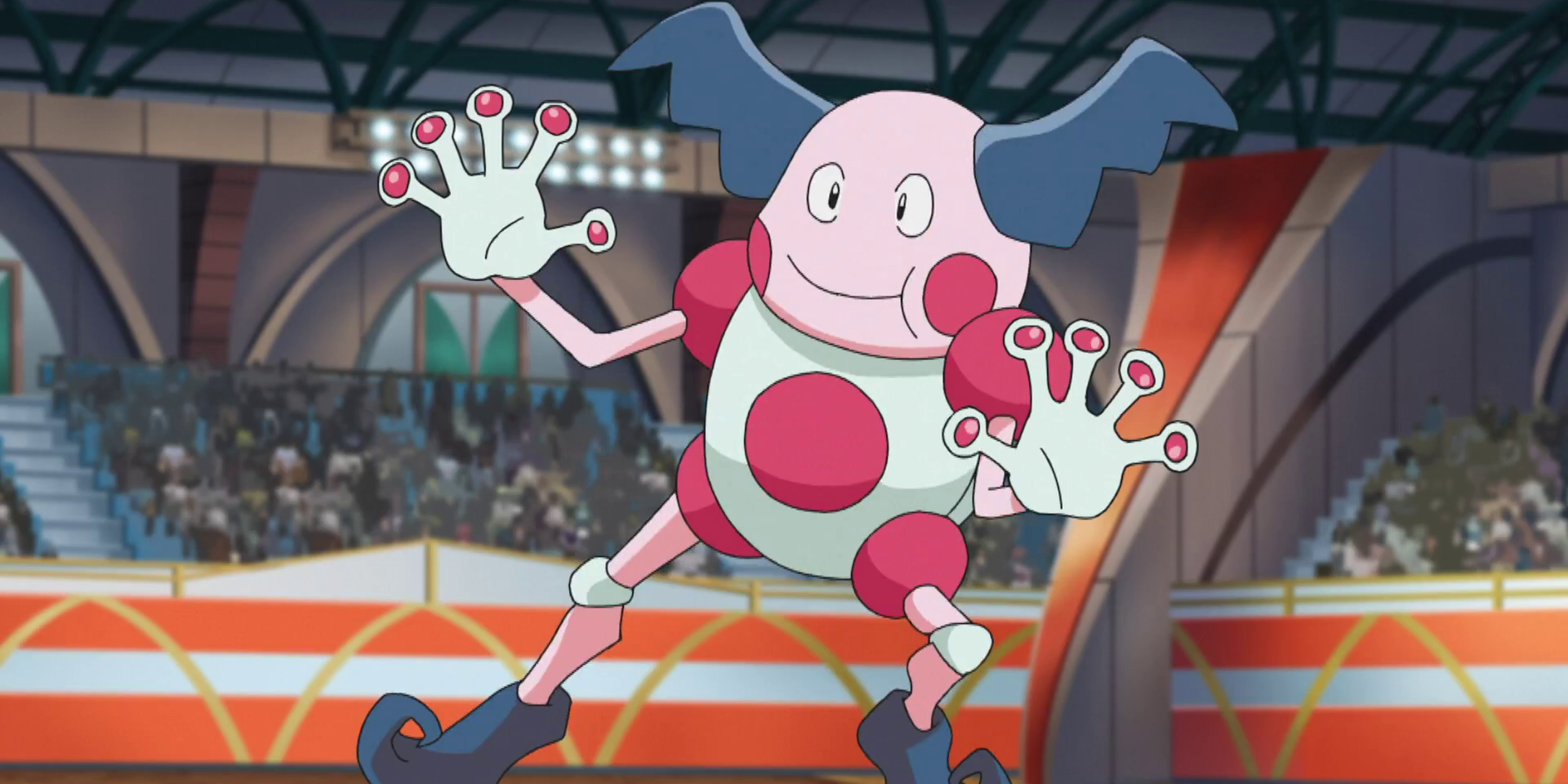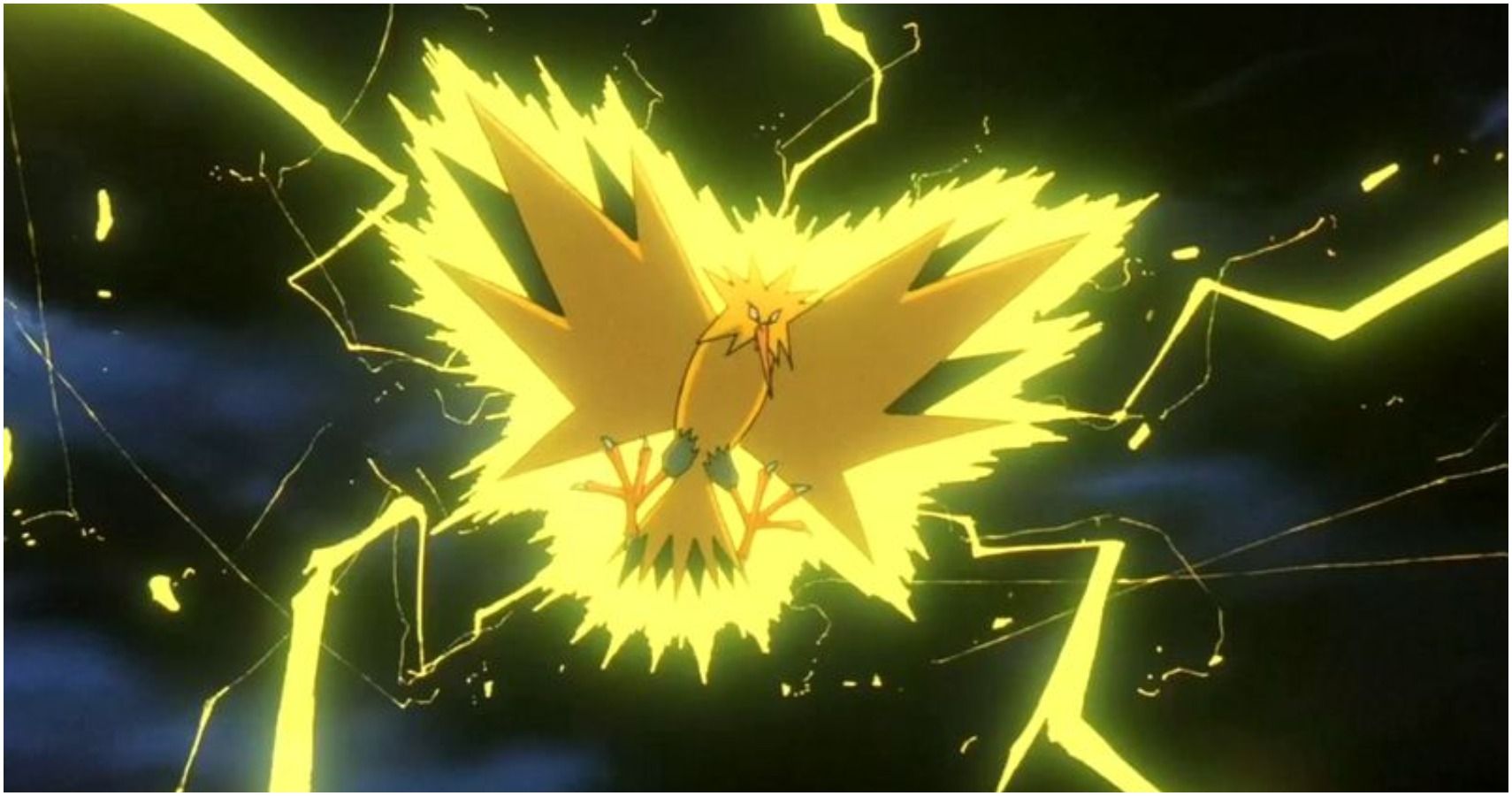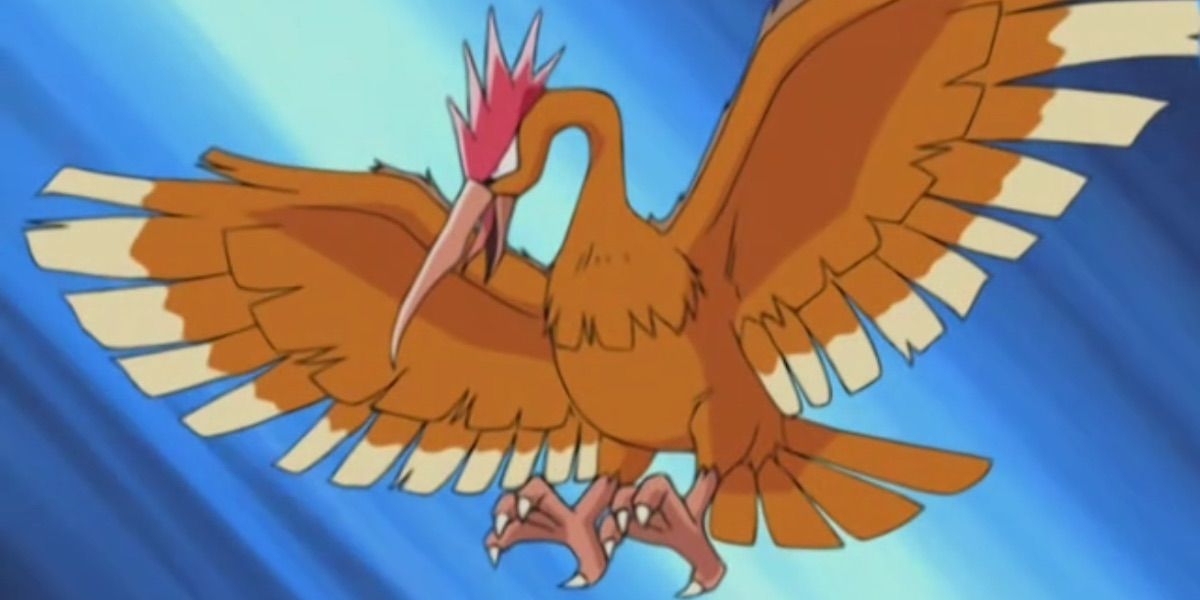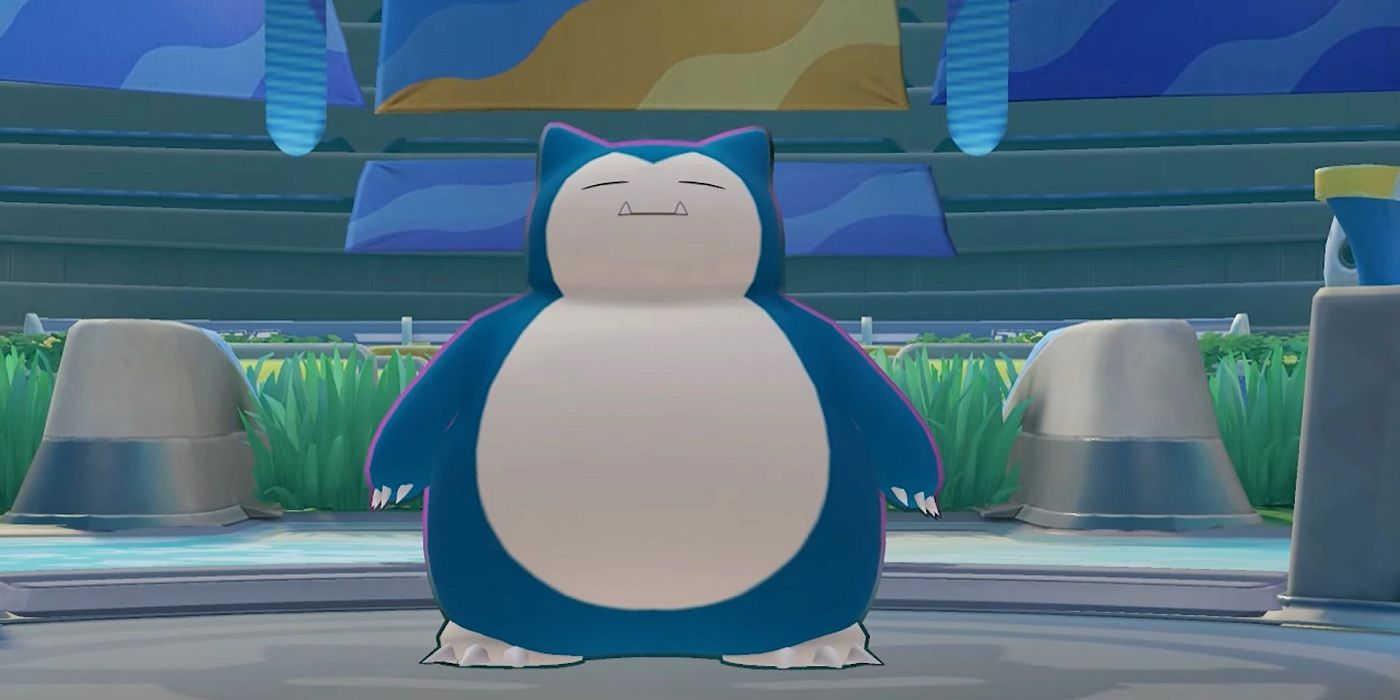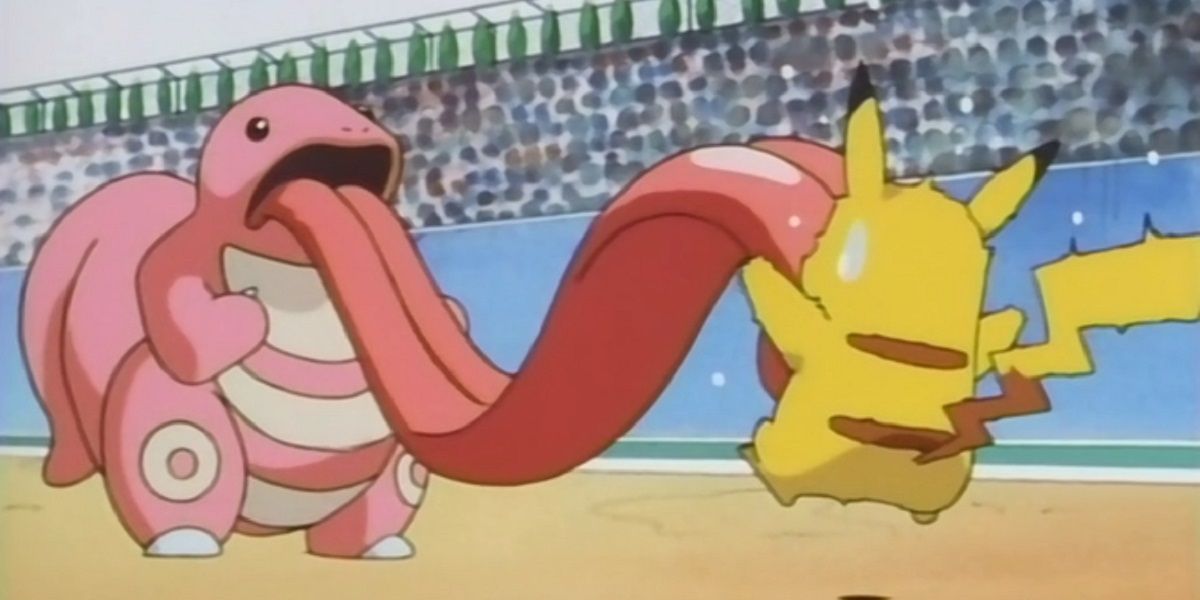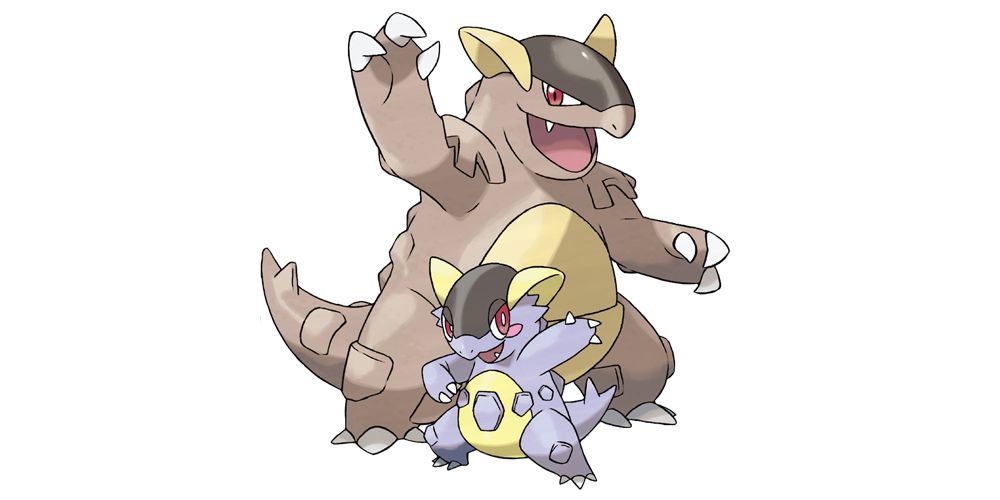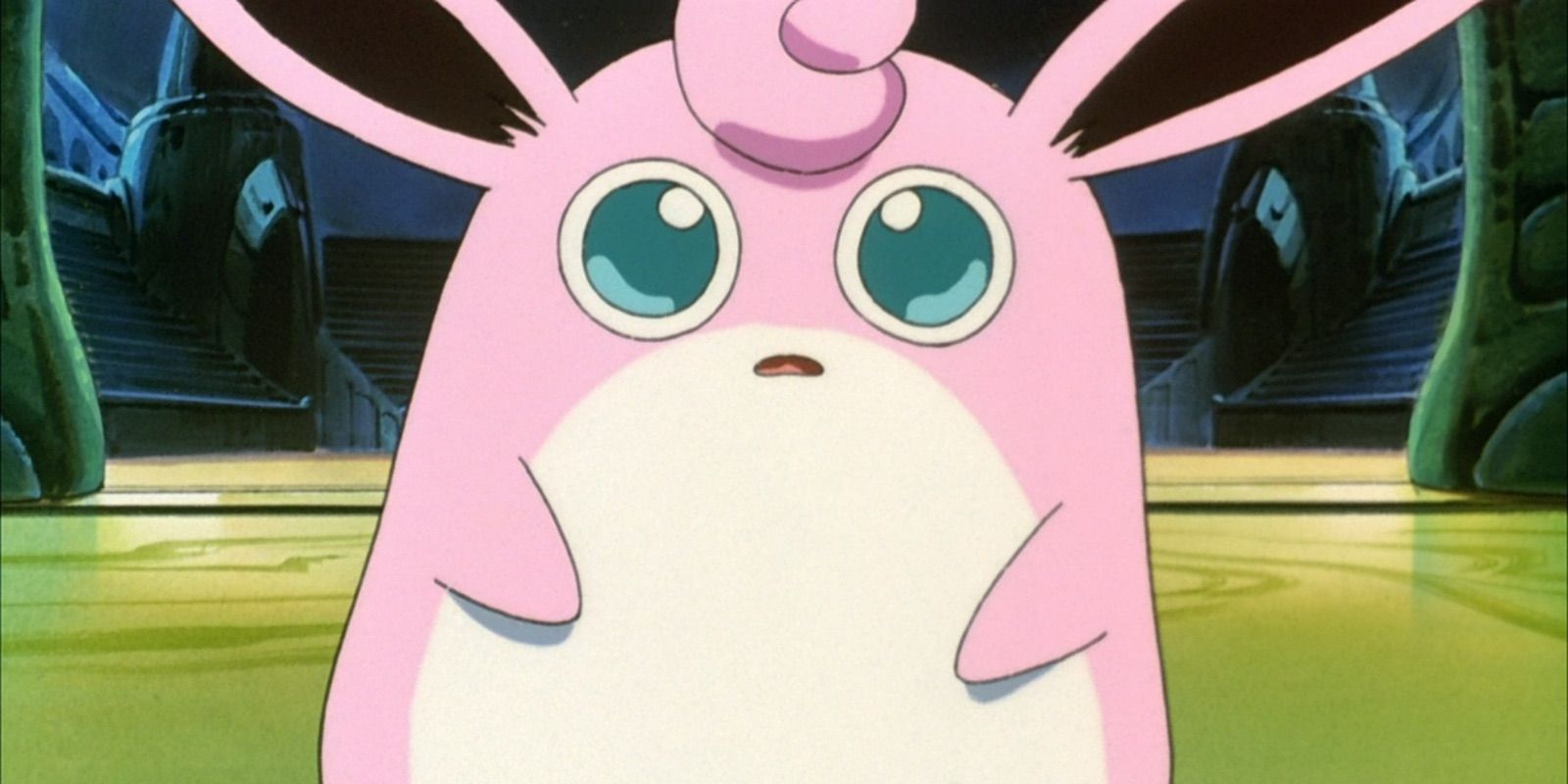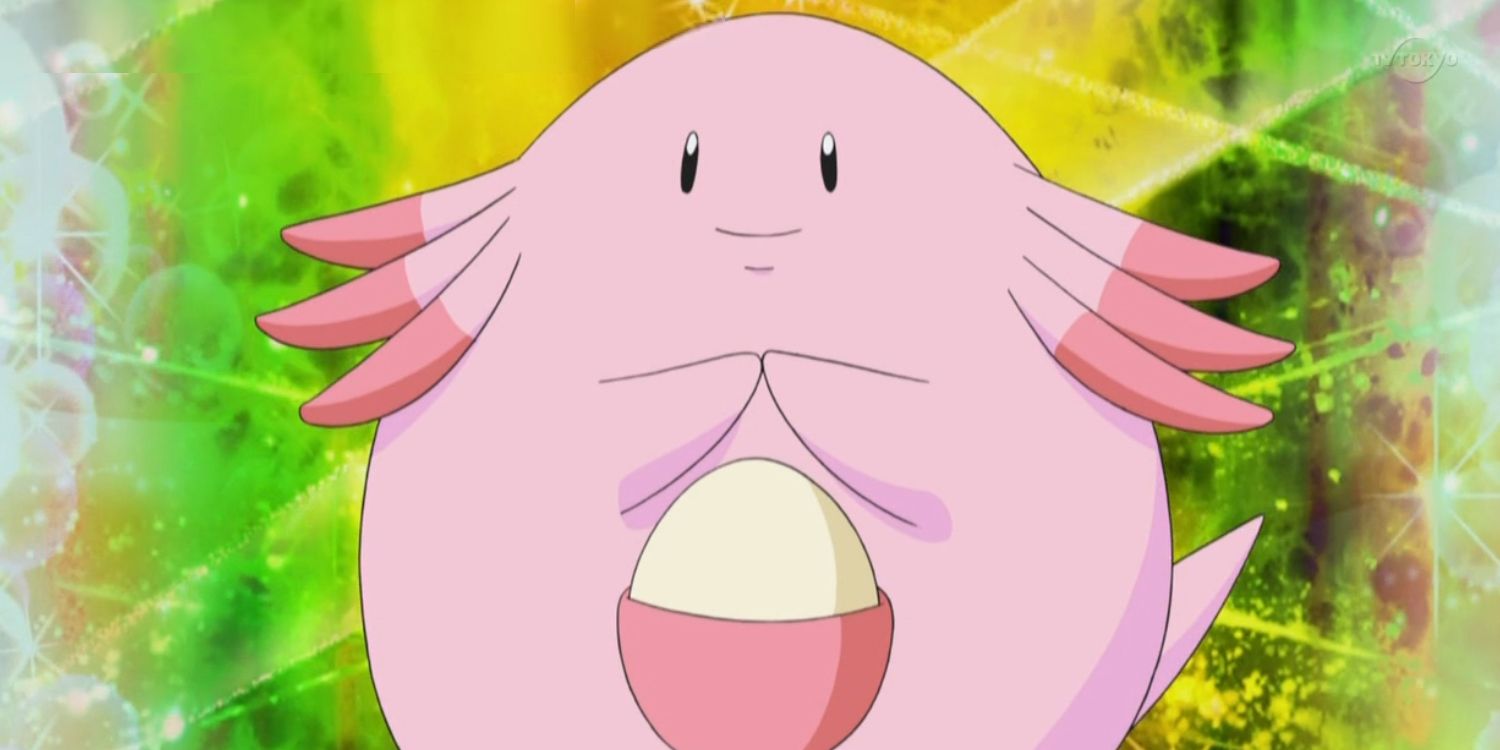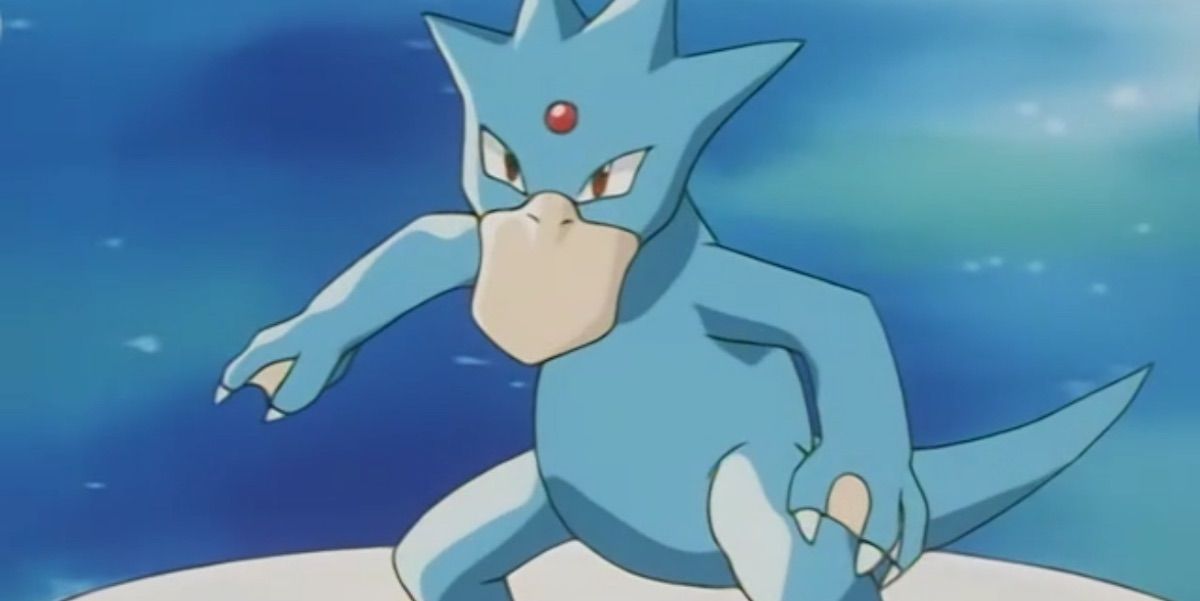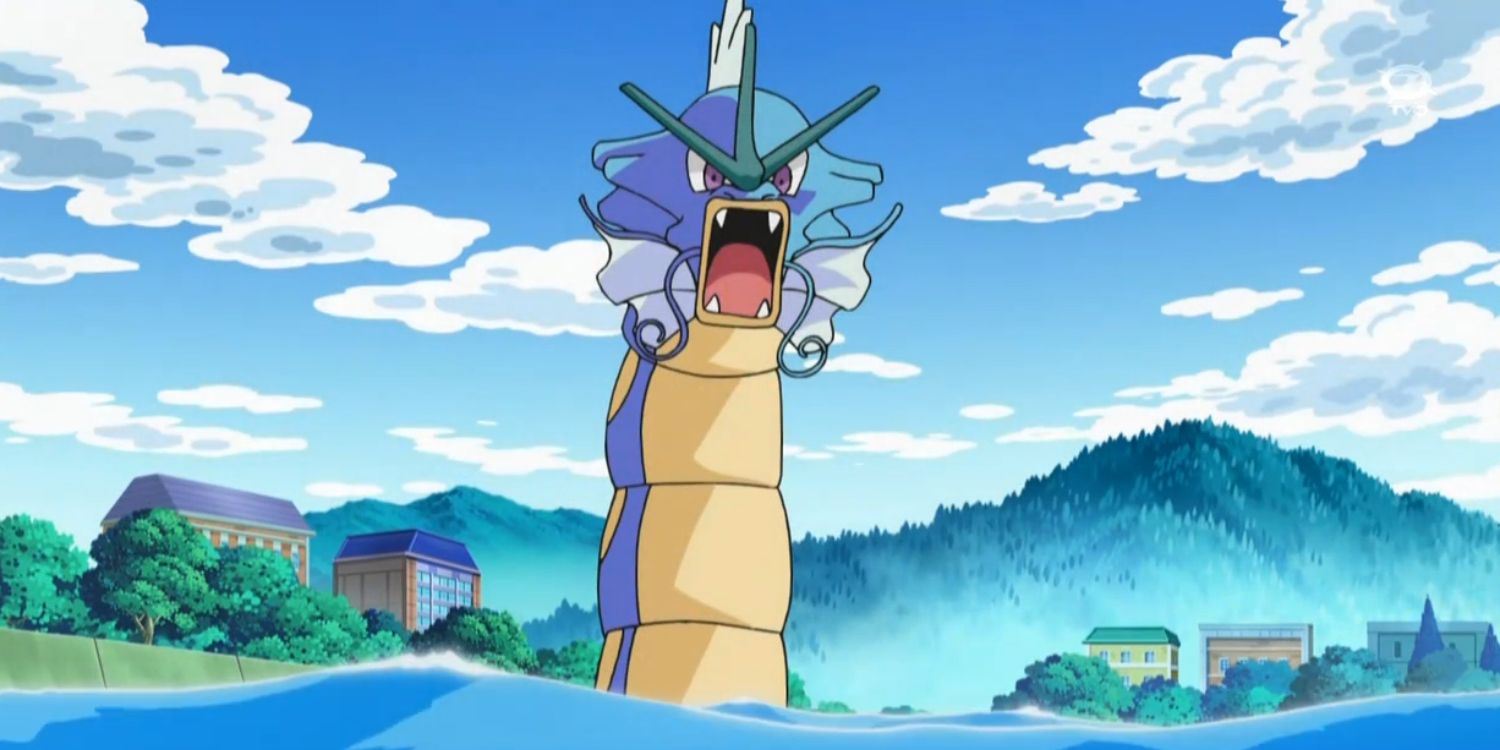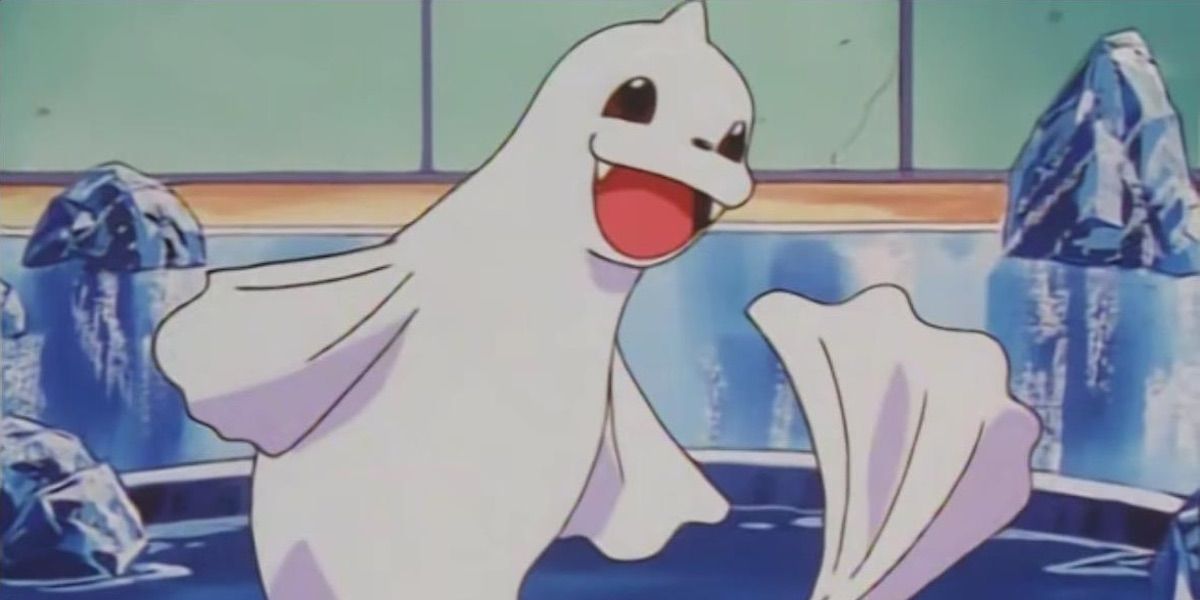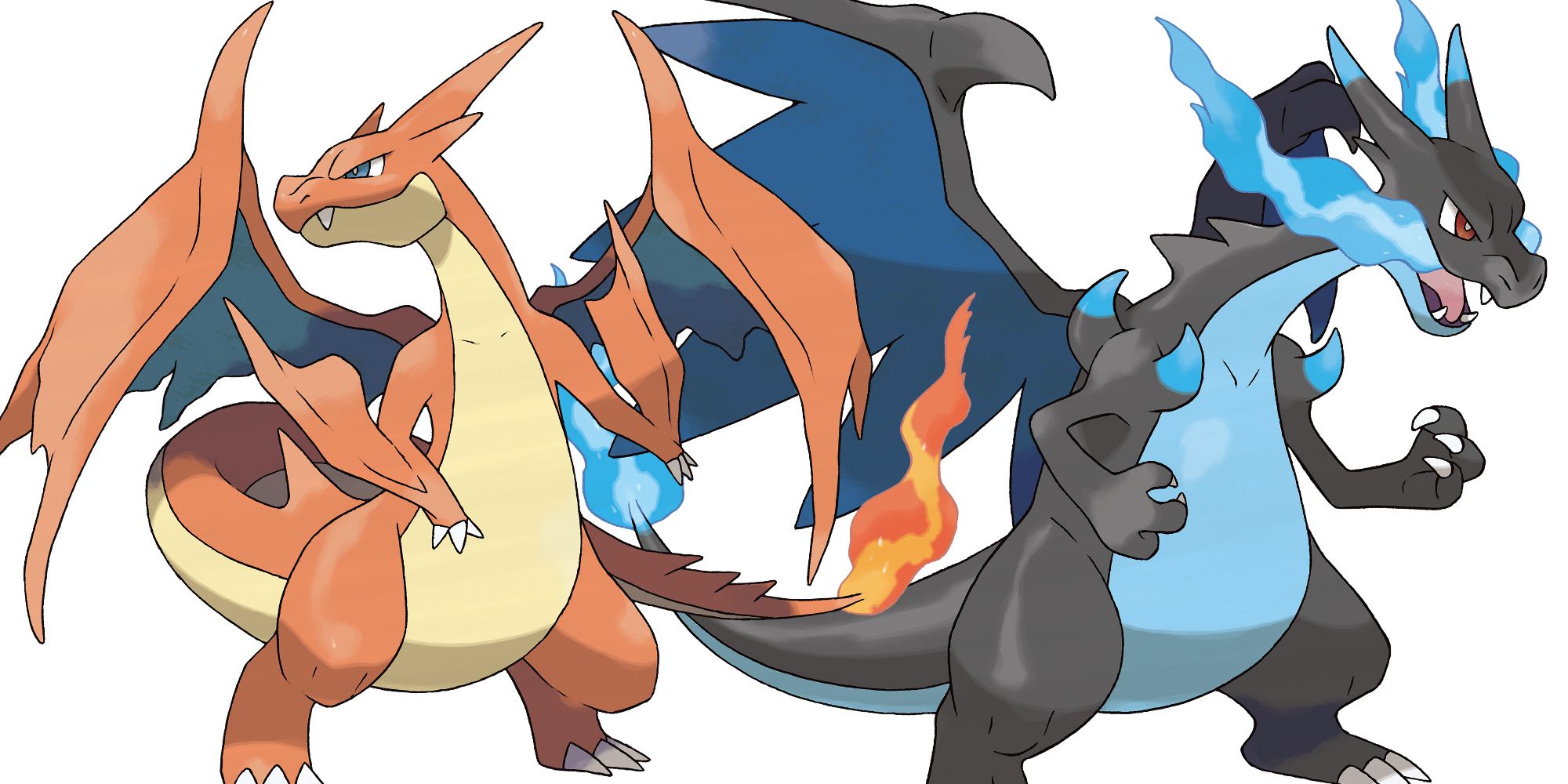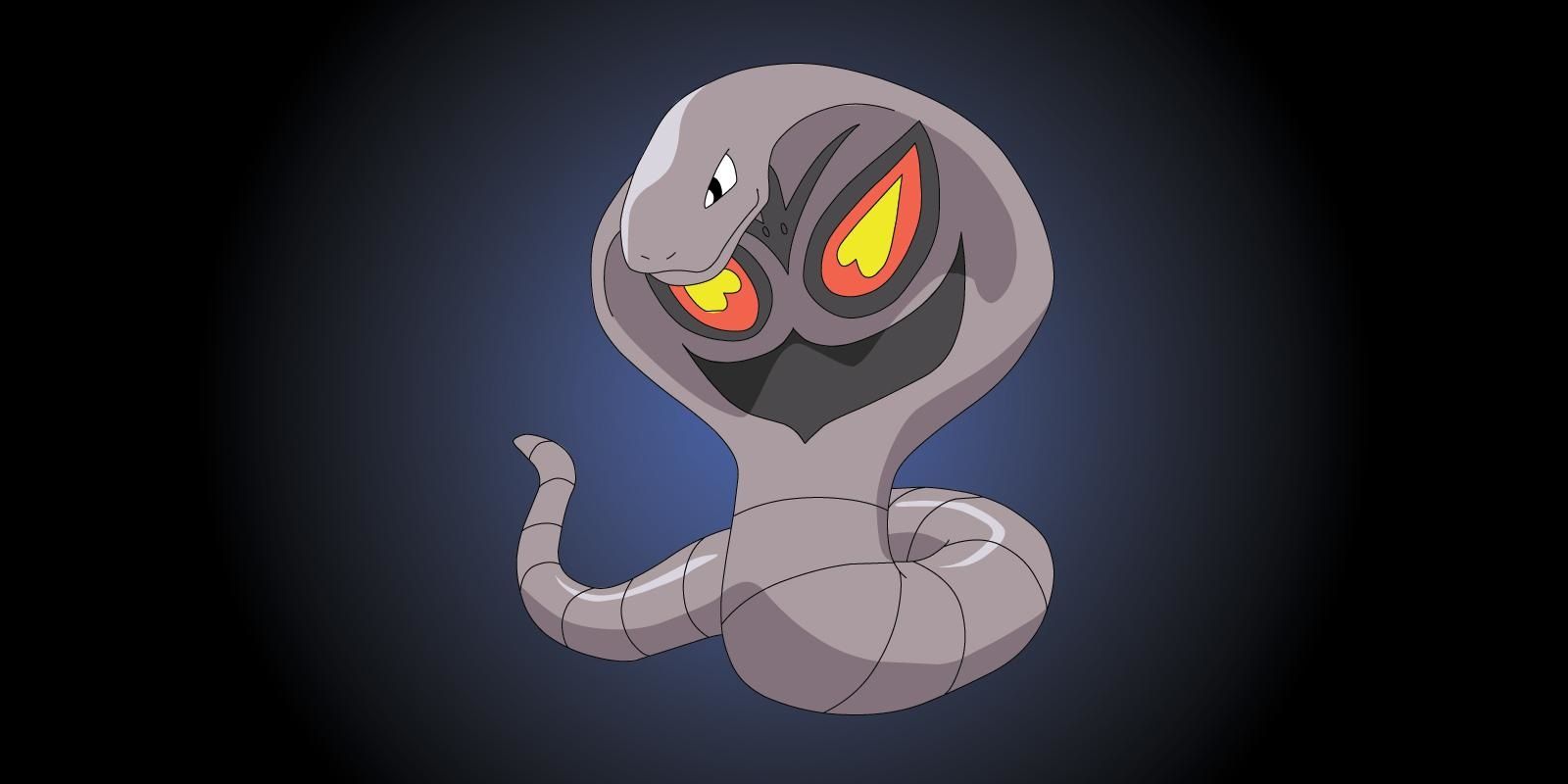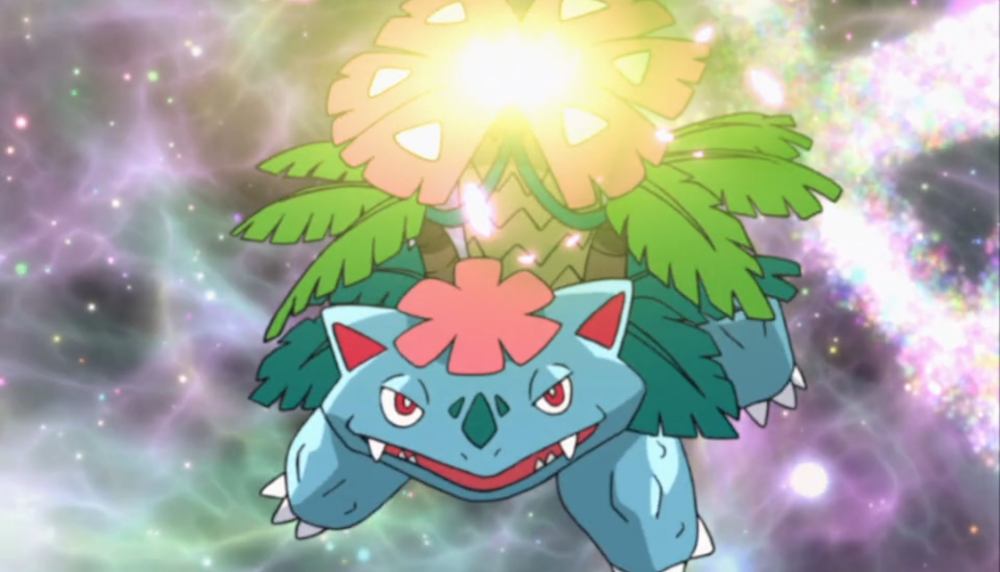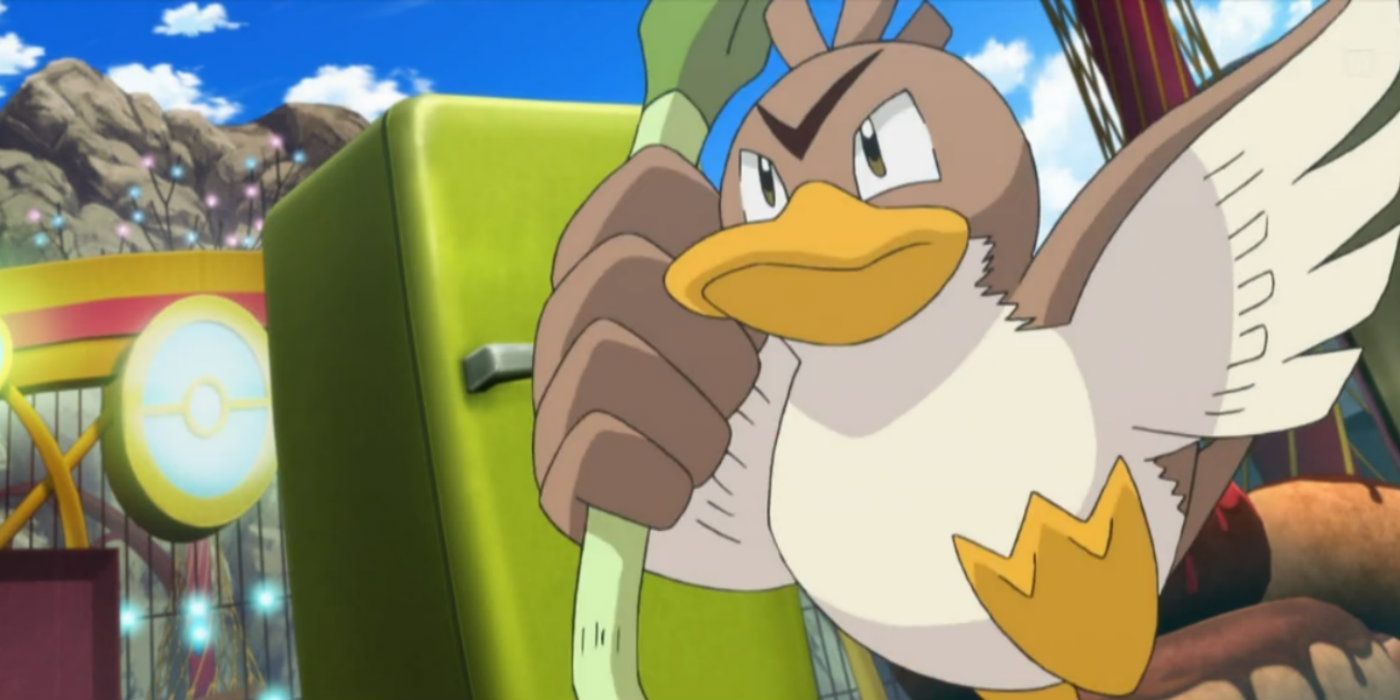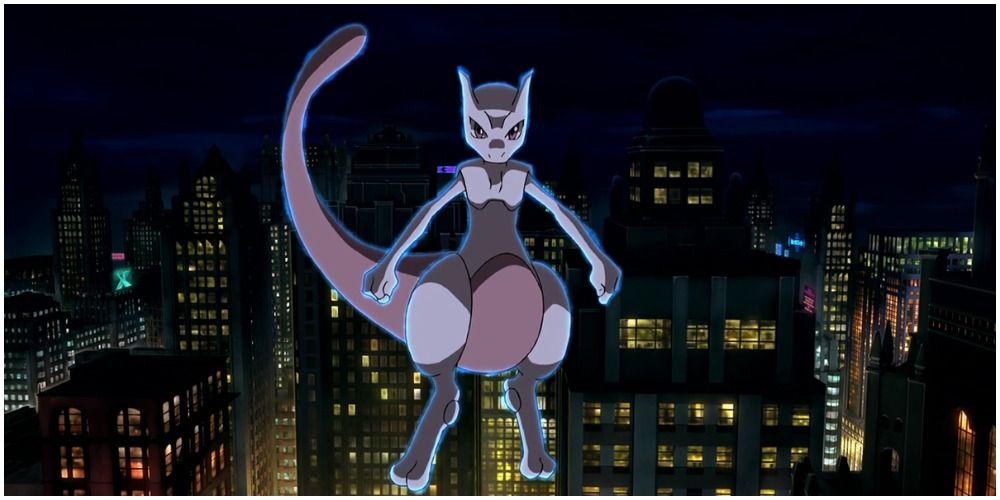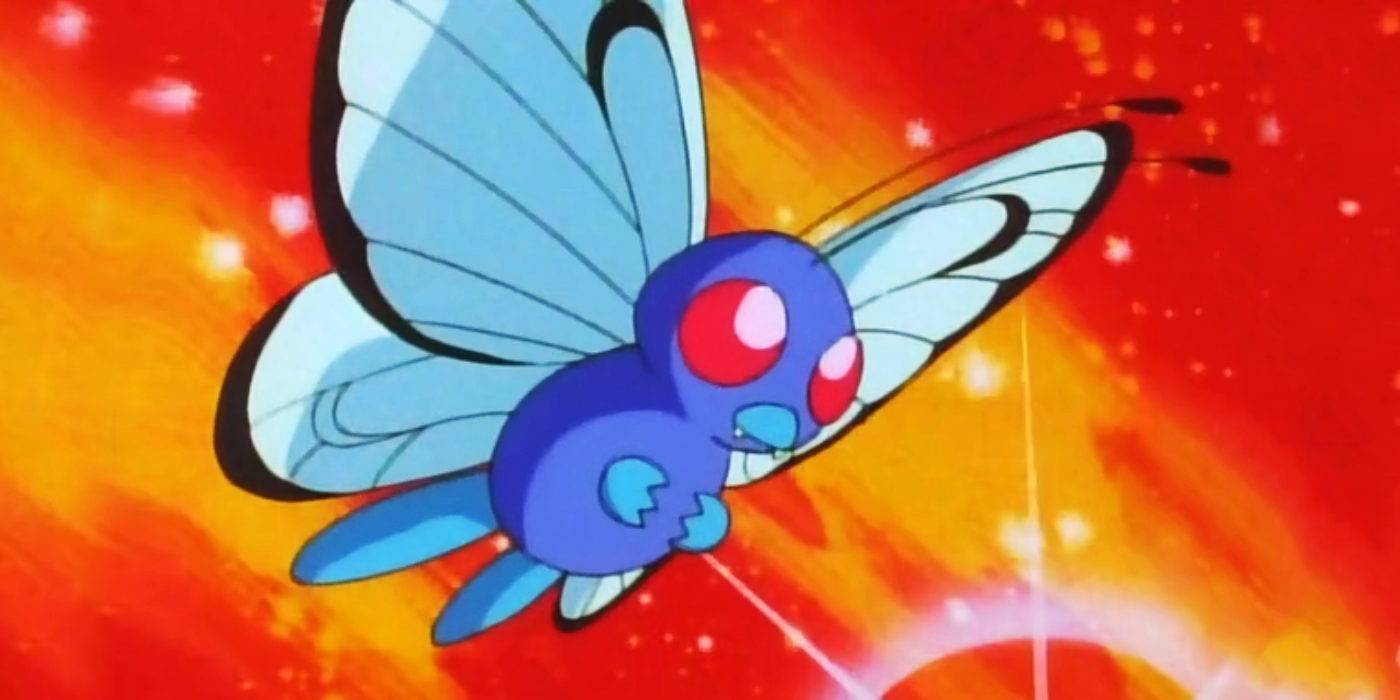Pokémon is one of the most successful multi-media franchises in pop culture. The games, which revolve around catching magical beasts and having them fight each other, have become a popular fixture in the gaming industry. There are now almost 900 Pokémon across eight generations of games, and everybody has their own personal favorites. However, for many, many fans, nothing will ever come close to the very first generation of 150 Pokémon. These were the Pokémon that introduced the world to the pop culture phenomenon and arguably comprise the most popular creatures the franchise has ever produced. Meanwhile, the competitive metagame (players battling each other in the real world, not just playing through the main story) has grown and changed with every single generation. Sites like Smogon sort Pokémon into tiers based on their use across all battles which creates more balanced and diverse battles.
Many Pokémon from the very first generation of games (Pokémon Red, Blue, and Yellow) are still fixtures in that competitive scene and find their way onto the most powerful squads in existence. This list will take a look at the strongest Gen 1 Pokémon that have a strong case for being banned from most levels of play, but it will also examine the monsters that barely see use in any competitive formats.
Updated on November 3rd, 2021 by Quinn Levandoski: While there can't be any new Pokémon added to the first generation, many of the original 150 pocket monsters have been revitalized with new abilities, moves, regional forms, and evolutions. While Mega Evolutions brought many previously underused Pokémon into the forefront of the competitive scene, later gimmicks such as Z-Moves and Dyna/Gigantamaxing have primarily made good Pokémon better without doing much for those on the bottom. It's not realistic for every Pokémon to be competitively viable, but it's impressive that many fan favorites like Charizard and Mewtwo continue to be dominant in battle alongside newer monsters.
Too Strong: Gengar
Gengar isn't just one of the coolest Ghost-type Pokémon, it's also one of the strongest. It started out in Pokémon Red, Blue, and Yellow as a versatile offensive sweeper with high Special Attack and great Speed. It maintained this niche through much of the later generations, though it started to fall behind other fast Ghost types. Then, in Generation 6, it received a Mega Evolution, which kicked it into the stratosphere.
Aside from the boosts to its powerful offensive stat line, the Mega Evolution gave Mega Gengar the Shadow Tag ability which allowed it to come into battle and trap whatever opponent it faced. This was a huge advantage in competitive PvP, which relies on switching Pokémon to find favorable matchups. While Gengar may have lost a bit of its combat prowess with the removal of Mega Evolutions from the franchise, Gengar received a brand new Gigantamax form in Pokémon Sword and Shield that lets it unleash incredibly powerful attacks for three turns.
Too Weak: Raticate
Every Pokémon generation has a Pokémon that follows the same archetype as Rattata and Raticate; these monsters are usually rodent-based with poor stat lines and limited use after the first few areas of the game. Zigzagoon, Bidoof, Patrat, and others all share the mouse Pokémon's classification of being vermin.
Raticate is the final form of Rattata, though fully-evolved Raticates are available late in the first generation games. Raticate's base stat total is pitiful coming in at hundreds of points less than even non-legendary Pokémon, and it doesn't have any unique moves or strategic gimmicks to compensate. It is the ultimate throwaway Pokémon.
Too Strong: Alakazam
Here's something that modern Pokémaniacs may not know, especially if they never played the original Red, Blue, and Yellow games: there was a time when Psychic Pokémon were by far the best types available. Psychic originally only had one weakness (Bug), and that type had almost no damaging moves. This meant powerful Psychic Pokémon were in high demand in those first games.
Alakazam is one of those, even if it is only obtainable through trade. Alakazam (much like a certain legendary Pokémon) dominated most opponents, and it continues that today thanks to its Mega Evolution. With the stat boost, Mega Alakazam is a potent offensive threat, boasting wickedly-high Speed and Special Attack stats that keep it on top even in today's game.
Too Weak: Mr. Mime
While there are several formidable Psychic Pokémon from the first generation, there are a couple of stinkers as well. Mr. Mime's Psychic typing made him at least viable in the original games, but, in subsequent generations, he has faded into the background.
A low stat total and fragile defenses make Mr. Mime only usable as a barrier setter, but other monsters fill this role better. Mr. Mime also has a design most people find fairly spooky, so he doesn't exactly have a legion of fans trying to figure out movesets to make him good. Some fans were excited when it was announced that Mr. Mime would be receiving a Galarian and evolved form (Mr. Rime), but this Ice and Psychic version failed to be any more viable in combat.
Too Strong: Zapdos
It of course stands to reason that the legendary Pokémon are stronger than most others, but Zapdos is one of the few Pokémon stronger than even Mewtwo. The other two legendary birds (Moltres and Articuno) were strong back when their games first came out, but only Zapdos has remained a part of the top levels of competitive play to this day.
Electric/Flying is an excellent defensive type combination, and Zapdos has the balanced stat line to back that up. Furthermore, this thunderbird has decent Special Attack and Speed stats to go along with it. Plus, it's a legendary Pokémon, meaning that its stat totals are just higher than most other Pokémon's. If players don't have room for a Flying and Electric-type on their team, Galarian Zapdos fills a different niche by trading in its Electric typing for Fighting. This switch is accompanied by a shift to stronger physical attacks which lets it fill a different combat niche equally well.
Too Weak: Fearow
Much like Raticate, Fearow is basically just a pest. Catching that first Spearow in Red/Blue/Yellow might make players nostalgic, but the fact is that even in the first generation there were plenty of superior Flying-type alternatives. One of them, Pidgeot, is obtainable in the exact same areas and will do much better in the long run.
Many pocket monsters have received competitive tools such as new evolutions or forms, but Fearow has gotten no such boost. Fearow remains the same as it ever was with an extremely low stat total and mediocre attacks. It's got some Speed, but that's really all it has going for it.
Too Strong: Snorlax
Snorlax may have slipped a bit in recent years as its bulky stat line just isn't as impressive as it used to be, but back when Red/Blue/Yellow came out, it was an absolute beast. Its stat distribution was perfect for the early games, skimping on Speed to instead have huge numbers in HP and Attack.
This combination of bulk and power made Snorlax one of the best Pokémon in the entire competitive scene through the first four generations of Pokémon before it finally took a hit in generations five and forward. Snorlax may not be the battle-ending threat it used to be, but those who played competitively in the earlier generations likely wished the big guy had been put on a ban list.
Too Weak: Lickitung
Generally speaking, it's a bad sign if a Pokémon needs to have an evolution added in a later generation because it's too weak to be valuable. Like Scyther and Golbat, Lickitung is one of many from the first two generations that share that unfortunate fate. Unlike those other Pokémon, Lickitung's evolution, Lickilicky, still didn't make it a worthwhile catch.
Besides being one of the Pokémon with the scariest designs in the series, Lickitung also has a disappointing stat line and move pool. It has bulk but no good attack power, and its overall stats aren't high enough to really be a threat. Nowadays, even weak Pokémon like Audino fulfill the same role as Lickilicky and Lickitung.
Too Strong: Mega Kangaskhan
Kangaskhan's trajectory in the competitive Pokémon metagame is roughly the opposite of Snorlax: starting out as merely a decent Pokémon, then erupting into a fully-fledged force when it received a Mega Evolution. Kangaskhanite (the item the Pokémon has to hold to Mega Evolve) changed everything for Kangaskhan.
Kangaskhan was never a weak Pokémon, but with its Mega Evolution, it ascended to incredible heights. Mega Kangaskhan gets a free (albeit weaker) second attack every turn, which allows it to destroy a wide variety of targets. The power boost has made the humble Parent Pokémon better than most legendaries. Fortunately, this powerhouse has been toned down with the removal of Mega Evolutions from the series. However, rumors that the mechanic will be making a return signal a potential re-revival for the monster.
Too Weak: Wigglytuff
There are two Fairy-type Pokémon to come out of the first generation of games (though originally they were just Normal-type) that are extremely similar in terms of stats and moves: Clefable and Wigglytuff. Wigglytuff drew the shorter straw between the two, as it's just inferior enough that it's pretty much always the smarter choice to pick Clefable.
Plus, unfortunately for Wigglytuff, things only got worse in later generations. The introduction of Pokémon like Audino and Granbull made Wigglytuff's usefulness fall even further. Its wide move pool couldn't save its mediocre stat line from becoming forgotten by competitive players.
Too Strong: Chansey
Chansey's visual design and personality may make it seem like a Normal-type Pokémon that belongs in a different type, but it's secretly one of the strongest Pokémon from the entire first generation. Much like Snorlax, it has extremely high HP, but it also boasts high Special Defense, giving it the ability to escape pretty much any Pokémon that doesn't attack physically.
What's surprising about Chansey is that it started its Pokémon career by dominating Red/Blue/Yellow, and then it disappeared from the competitive scene for a few years while its new evolution, Blissey, stole the spotlight. But then, in more recent generations, Chansey has once again become a competitive force with the addition of the Eviolite item, which doubles unevolved Pokémon's defenses. This added bulk has made Chansey actually better than its final evolution!
Too Weak: Golduck
Psyduck, the confused Pokémon that always has a migraine in the anime series, may be a memorable pocket monster, but few have ever paid much attention to Golduck. Those that have decided to give this pure Water-type a run on their team likely realized rather quickly that they made a mistake.
Golduck is a standard Water Pokémon with no unique traits or special moves. It has a low stat total and a balanced distribution that prevents it from standing out in any area. Add the fact that Water is one of the most populous Pokémon types, and there is just no way for Golduck not to be overshadowed by another Water-type that can do everything it can only better.
Too Strong: Gyarados
Everyone remembers the first time they saw Gyarados, one of several Pokémon based on mythology. Gyarados has the power in battle to back up its appearance with a monstrous stat total and a unique type combination (Water/Flying) to go with strong attacks.
What's especially formidable about Gyarados is that it has only gotten better in later generations. Its move pool expanded, allowing it to hit more targets, and then it got a Mega Evolution in Generation 6. With the Mega Evolution, which changed its typing (Water/Dark) and boosted its Attack and defenses, it became a threat to rival even legendary Pokémon.
Too Weak: Dewgong
Most weak Pokémon from the first generation at least had the benefit of not having too much direct competition for a slot on the player's team, at least in the first few games. Not so with Dewgong, which is quite literally nothing but an inferior version of Lapras. Its type, stat distribution, and moves are all copies of Lapras, with the notable difference being a lower stat total.
Dewgong, therefore, has never been a viable Pokémon in battle, simply because it has never escaped Lapras' shadow. What is especially pitiful is that Lapras itself is no longer considered a particularly strong Pokémon in competitive play, so Dewgong is an inferior copy of an already weak Pokémon.
Too Strong: Charizard
Charizard actually wasn't much of a force in the original generation of Pokémon games, but it really lucked out when the time came to give the starters Mega Evolutions. Charizard got two, each of them ferociously powerful. Mega Charizard X is a Fire/Dragon-type that uses its Tough Claws ability to physically punish opponents, and Mega Charizard Y keeps its original typing but adds an awe-inspiring boost to Special Attack.
Either of these Mega Evolutions would turn Charizard into a top-tier threat, but the fact that it has access to both (and opponents can't know beforehand which one it'll be) turns it into one of the best Pokémon in the game today. It hasn't been banned from every normal battle setting (just most of them), but maybe it should. Furthermore, this fire-type sweeper received a Gigantamax in generation eight, which put it up there with the Pokémon with the most different forms. This version was the signature version of Leon in Pokémon Sword and Shield and had the power to back it up.
Too Weak: Arbok
Arbok was never created to be an endgame Pokémon, and, even after eight generations, it still ranks low among fully evolved pure-Poison Pokémon. Much like Beedrill or Raticate, it falls into the class of filler Pokémon players find early in the game and only use if they need to fill up spots on their team. A solid defensive type in Poison doesn't save it from its fate, which is to be forgotten by the competitive world.
The world of Pokémon is somewhat cutthroat to these weaker Pokémon, as, with such low stat lines, it is literally impossible for them to really challenge Pokémon with hundreds of more points in the various stats. Arbok can use Glare to immobilize opponents, but that's pretty much where its usefulness ends. It has never featured prominently in any generation.
Too Strong: Mega Venusaur
Venusaur was never the most popular of the three fully-evolved starter Pokémon, but it made a convincing case for the best in battle. Its bulky stat line allowed it to absorb a lot of punishment, giving Exeggcutor a run for its money for the best Grass Pokémon in the original games.
However, while Exeggcutor has largely faded from the competitive scene, Venusaur has received new life in the form of a Mega Evolution. Mega Venusaur got the ability Thick Fat, which mitigated damage from two of its type weaknesses. A defensive moveset, led by the HP-draining Leech Seed, allows it to go toe-to-toe with even legendary Pokémon at the highest levels of competitive play (meaning it should probably be banned from lower ones). Venusaur also received a Gigantamax form. While this form doesn't add a new ability or typing like Mega Evolutions can, the temporary stat boosts still make Venusaur a formidable threat in generation eight.
Too Weak: Farfetch’d
There were a lot of weak Pokémon from the first generation that later got a new evolution to make it at least somewhat viable to use in-game, like Lickitung or Golbat. Farfetch'dfinally received the same treatment with Sirfetch'd in generation eight. While this new form (and its additional Fighting-typing) is a much better offensive threat than Fartfetch'd, it still fails to hit as hard as most other Fighting-types.
A Normal/Flying-type, Farfetch'd has an extremely basic problem: its stats are just too low. It doesn't have the Attack, Speed, or defenses to do anything worthwhile in a competitive setting. There are tons of other Flying types that can do literally anything better than Farfetch'd, making this Pokémon only worth catching to fill out the Pokédex.
Too Strong: Mewtwo
Mewtwo is (by far) the most powerful Pokémon in the first generation of games, possessing not just a great stat line and powerful moves, but the best type in the game, Psychic.
Mewtwo has remained one of the best Pokémon in the entire game in every subsequent generation, thanks in part to its two Mega Evolutions, each of which is absurdly powerful in its own way. Mewtwo is still banned from most levels of competitive play as it combines both immense power and tricky versatility to give opposing battlers headaches.
Too Weak: Butterfree
Many players have fond memories of Ash and his Butterfree, the cute Butterfly Pokémon, but even fans of this Bug/Flying-type have to admit that it is completely useless in battle. In fact, Butterfree has never been good in the competitive scene as its weak stats and poor defensive type combination make it one of the worst Bug Pokémon in any game.
Even before it was outclassed by other, better Bug types, Butterfree's only use in a competitive team was putting opposing Pokémon to sleep. There were signs of a comeback for Buterfree when its Mothra-inspired Gigantamax form was revealed for Pokémon Sword and Shield, but the temporary stat boosts don't do much for a Pokémon that favors status moves over damage-dealing ones.

